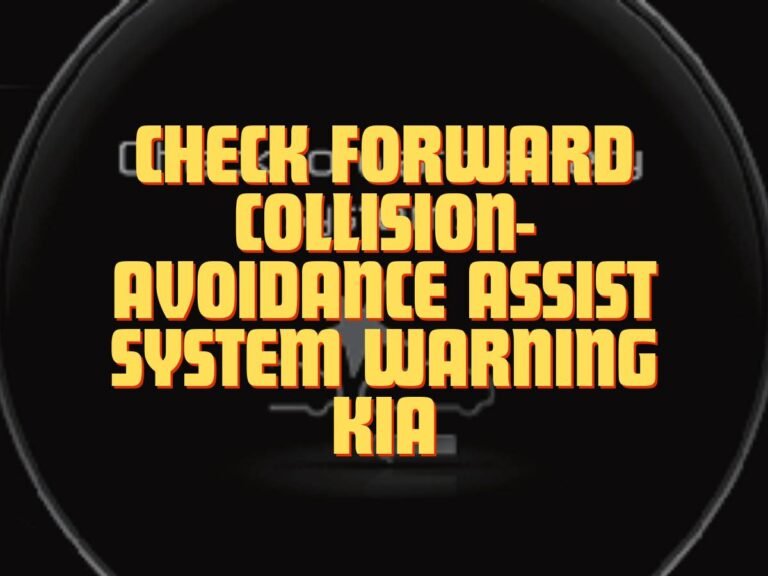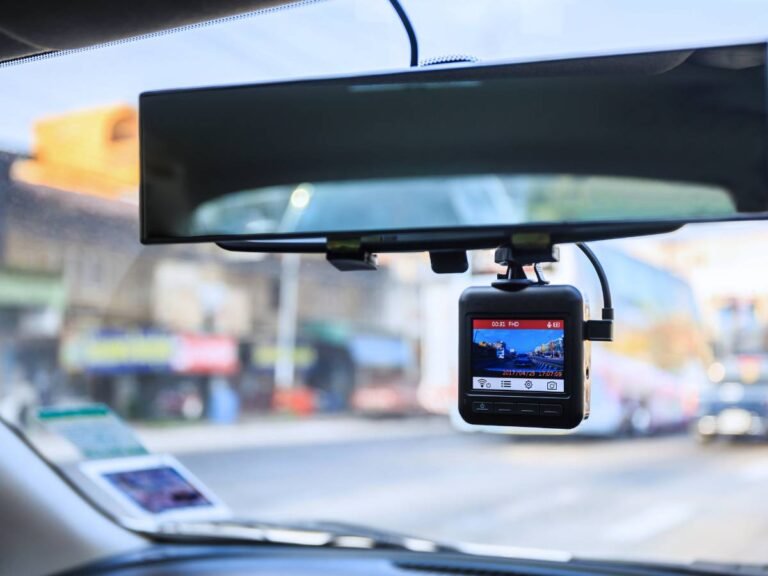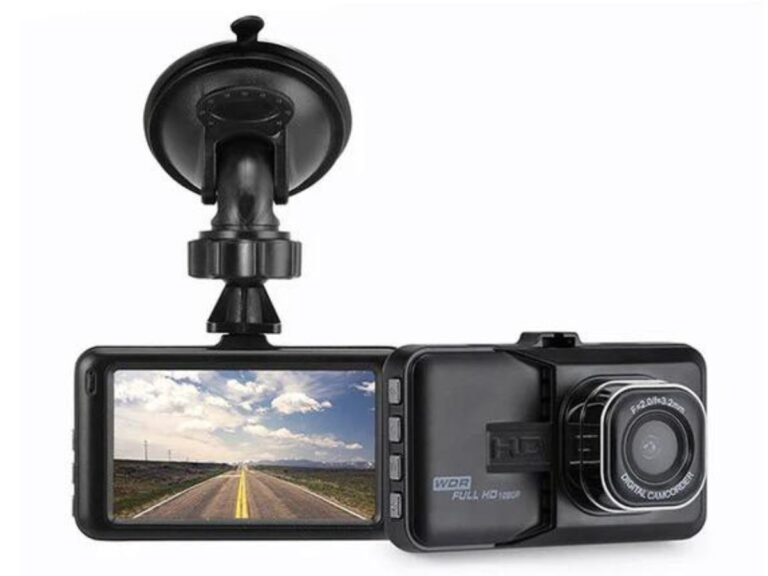Automatic Emergency Braking Nissan: The Complete Guide

Automatic emergency braking Nissan is a highly debatable safety feature on the internet. Many people consider it an essential function to ensure safety on the road. On the other hand, it also has some problems that the company can improve with the future models. Ultimately, it is a helpful safety feature in various Nissan models.
So, should you get a model with automatic emergency braking Nissan? Well, there is no short answer. This guide will provide a comprehensive perspective on this safety function. So, you can decide whether it is worth having. Let’s dive in!
Introduction to Automatic Emergency Braking Nissan
Automatic Emergency Braking (AEB) is an advanced safety system designed to prevent collisions or reduce their severity. Using a combination of sensors, cameras, and radar technology, AEB detects potential obstacles ahead.
It automatically applies the brakes if the driver does not respond in time. This technology is particularly effective in mitigating rear-end collisions and can significantly enhance overall road safety.
The importance of AEB in modern vehicles cannot be overstated. Here are some key reasons why AEB is a crucial feature:
1. Enhanced Safety
AEB acts as an additional layer of protection, significantly reducing the likelihood of accidents. By automatically braking in critical situations, it can prevent or lessen the impact of collisions.
2. Driver Assistance
AEB supports drivers by compensating for human errors, such as distractions or delayed reactions. This assistance is invaluable in maintaining safety on busy roads.
3. Insurance Benefits
Vehicles equipped with AEB often qualify for lower insurance premiums. Insurers recognize the reduced risk associated with AEB-equipped cars, passing on the savings to the vehicle owners.
4. Regulatory Compliance
Many countries are moving towards making AEB a mandatory feature in all new vehicles. Staying ahead of these regulations ensures that drivers benefit from the latest safety advancements.
5. Peace of Mind
Knowing that your vehicle is equipped with AEB provides peace of mind. Drivers and passengers alike can feel more secure, knowing that their vehicle has an intelligent system designed to protect them.

How Does Automatic Emergency Braking Nissan Work?
Automatic emergency braking Nissan is a cutting-edge safety feature designed to protect drivers, passengers, and pedestrians. It is a part of Nissan’s Intelligent Mobility initiative. By integrating advanced sensor technology and real-time data processing, Nissan’s AEB enhances driving confidence and road safety.
Here’s a detailed look at how the system functions:
- Obstacle Detection: The system continuously monitors the road ahead using radar and camera technology. It can detect vehicles, pedestrians, and other potential hazards.
- Risk Assessment: Once a potential obstacle is identified, the AEB system calculates the risk of collision based on the vehicle’s speed, distance to the obstacle, and the obstacle’s movement.
- Driver Alert: If the system determines that a collision is imminent, it first alerts the driver with visual and auditory warnings. This gives the driver an opportunity to take corrective action.
- Automatic Braking: If the driver does not respond in time, the AEB system automatically applies the brakes to either avoid the collision entirely or reduce the severity of the impact.
- Post-Activation: After the AEB system is activated, it continues to monitor the situation, ensuring the vehicle is brought to a safe stop and ready for the driver to resume control.
Features of Automatic Emergency Braking Nissan
Now, let’s explore the key features of automatic emergency braking Nissan to provide a broader perspective:
- Forward Collision Warning: This feature works in tandem with AEB, providing early warnings to the driver about potential frontal collisions. It ensures the driver has ample time to react before the AEB system intervenes.
- Pedestrian Detection: Nissan’s AEB system is designed to detect not only vehicles but also pedestrians. This is crucial in urban environments where pedestrian traffic is high.
- High-Speed Emergency Braking: Unlike some systems that only function at lower speeds, Nissan’s AEB is effective at higher speeds, making it valuable on highways and in fast-moving traffic scenarios.
- Adaptive Technology: The system adapts to various driving conditions, such as different weather scenarios or varying light conditions, ensuring reliable performance at all times.
- Integration with Other Safety Systems: Nissan’s AEB is part of a broader suite of safety technologies, including Lane Departure Warning, Blind Spot Warning, and Rear Cross Traffic Alert. This integration ensures comprehensive safety coverage.
- User-Friendly Interface: The system includes an intuitive interface that keeps the driver informed about its status and functionality without being intrusive.
Downsides to Automatic Emergency Braking Nissan
We have looked at the positive aspects of automatic emergency braking Nissan. So, let’s go through its downsides to get a better understanding.
1. False Alarms and Unnecessary Braking
The AEB system can sometimes be overly sensitive, triggering false alarms and unnecessary braking. This can be caused by objects that do not pose an immediate threat, such as roadside signs, parked cars, or even shadows.
Another problem is false alarms, leading to driver frustration and a potential loss of trust in the system.
2. Limitations in Certain Conditions
Adverse weather conditions like heavy rain, fog, or snow can impair the sensors and cameras, reducing the effectiveness of the AEB system.
Similarly, low light conditions or direct sunlight can also impact the system’s ability to accurately detect obstacles.
3. Pedestrian and Cyclist Detection Limitations
While the system is designed to detect pedestrians and cyclists, it may struggle in complex scenarios such as crowded urban environments or when pedestrians suddenly step into the road.
4. Costs & Maintenance
Vehicles equipped with AEB and other advanced safety features tend to be more expensive than those without these technologies. That can increase the overall cost of the vehicle.
Furthermore, the advanced technology used in AEB systems requires specialized maintenance and can be costly to repair if damaged.
5. Driver Over-Reliance
There is a risk that drivers might become overly reliant on the AEB system, leading to complacency. Drivers might pay less attention to the road, assuming the system will handle any potential threats.
Over-reliance on AEB and other automated systems can lead to a degradation of basic driving skills, which are crucial in situations where manual intervention is required.
6. System Limitations and Updates
Like any software-based system, the AEB technology is not infallible. It relies on algorithms that may not always account for every possible scenario on the road.
As new threats and scenarios are identified, the system may require software updates to maintain its effectiveness. This necessitates regular visits to the dealership or service center.
7. Interference with Driving Experience
Sudden braking interventions by the AEB system can disrupt the driving experience, especially in traffic. That can lead to potential rear-end collisions if the following driver is not prepared.
Automatic Emergency Braking Nissan Models & Components
Nissan has integrated Automatic Emergency Braking (AEB) across a wide range of its vehicle lineup. Here are some popular Nissan models equipped with AEB:
- Nissan Altima
- Nissan Rogue
- Nissan Sentra
- Nissan Murano
- Nissan Pathfinder
- Nissan Maxima
- Nissan Armada
- Nissan Kicks
Nissan’s AEB system relies on a sophisticated network of sensors and cameras to monitor the driving environment. These components include:
- Radar Sensors: Positioned at the front of the vehicle, radar sensors detect objects and measure their distance and speed relative to the car.
- Forward-Facing Cameras: These cameras capture real-time images of the road ahead, identifying potential obstacles, pedestrians, and other vehicles.
- Advanced Algorithms: The data from sensors and cameras is processed by advanced algorithms that determine the likelihood of a collision and decide when to activate the brakes.
Conclusion
The automatic emergency braking Nissan shows the commitment of the manufacturer towards safer driving. It offers tons of benefits, like improved precautions, which are essential in today’s traffic. Although the system has some drawbacks, it proves to be highly beneficial for car drivers, especially on crowded highways.
Nissan continuously updates and improves its AEB technology, ensuring that it remains at the forefront of vehicle safety systems. Whether you are considering a compact sedan like the Sentra, a family-friendly SUV like the Rogue, or a luxury model like the Maxima, Nissan’s AEB system provides peace of mind and protection for all drivers and passengers.






